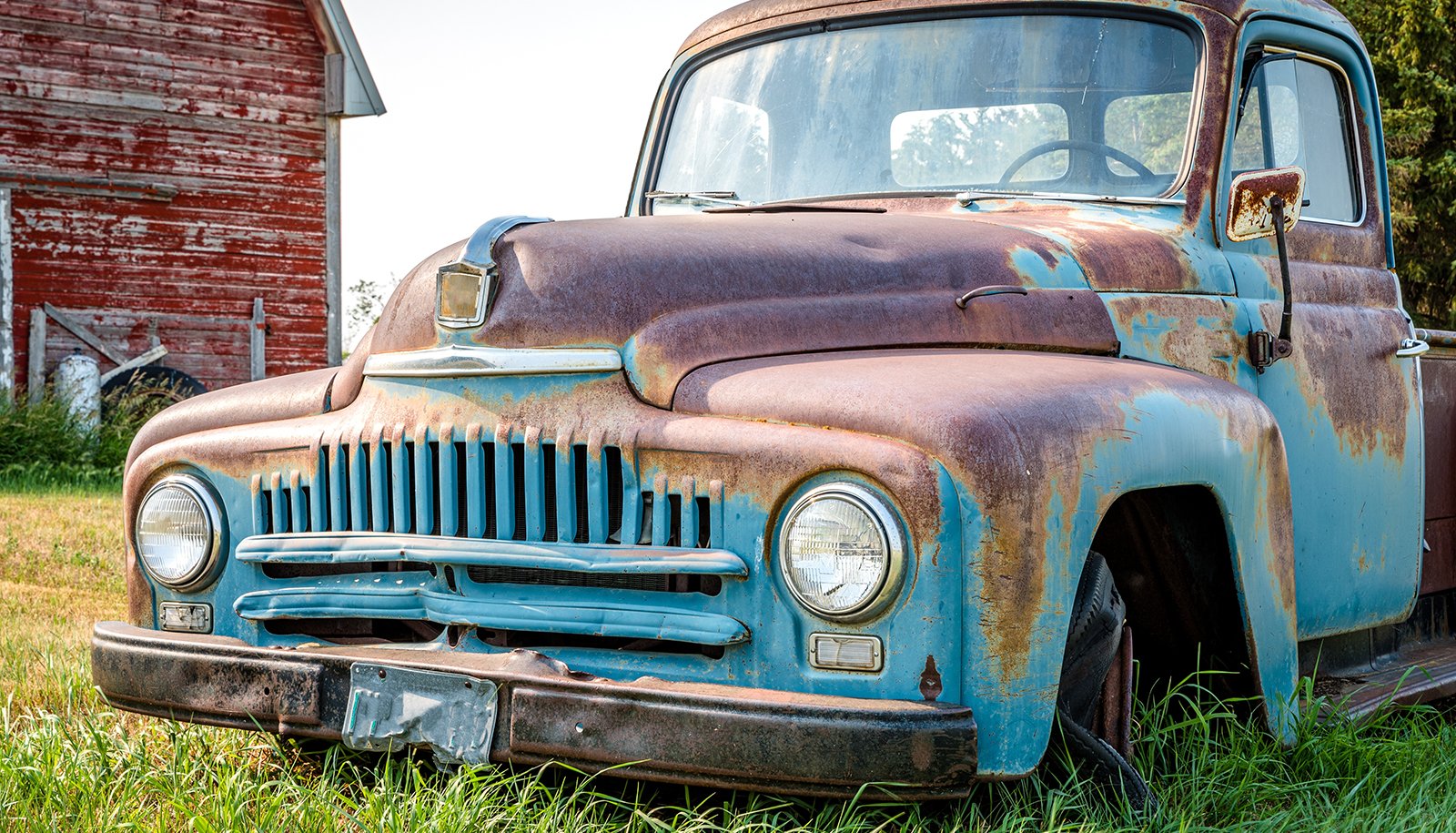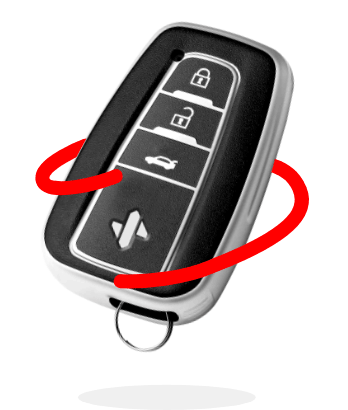Choosing your first car is a rite of passage, a momentous decision that brings the beginning of newfound freedom and responsibility. For new drivers, the priority is to find a vehicle that's safe, reliable, and won't break the bank.
In this guide, we'll cover the essential factors you should consider when picking out your inaugural set of wheels.
THE IMPORTANCE OF SAFETY IN A FIRST CAR
Before you get charmed by a car's looks or gadgets, delve into its safety ratings. Organizations like the National Highway Traffic Safety Administration (NHTSA) and the Insurance Institute for Highway Safety (IIHS) provide crash-test ratings that can be invaluable in your decision-making process.
In addition, look for cars equipped with features such as anti-lock braking systems (ABS), electronic stability control (ESC), and a substantial number of airbags. Modern advancements like automatic emergency braking and lane departure warnings could also be lifesavers.
RELIABILITY MATTERS
Your first car should be a trustworthy companion. Brands like Toyota, Honda, and Subaru have reputations for reliability. Research models that have a history of long-term dependability.
BUDGETING FOR YOUR FIRST CAR
Beyond the sticker price, remember to factor in fuel, maintenance, and insurance costs. Learning how to set a realistic budget will stand you in good stead.
Also, be sure to explore different financing avenues – including loans and leasing options – while being mindful of interest rates and total purchase costs.
USED VS. NEW: HOW TO THE RIGHT CHOICE
When it's time to purchase your first car, deciding whether to opt for new or used can be a challenging decision. On one hand, new cars offer the latest cutting-edge features and come with manufacturers' warranties to give you peace of mind.
However, they're often far pricier than their used counterparts, no matter how enticing those added bells and whistles may be. Alternatively, you can purchase a slightly older car and take advantage of its more affordable price tag.
Though it may have a few more miles under its belt, by carefully assessing its reliability, a used car can prove just as dependable as a new one. When it comes to the best first car, it's all about making the right choice based on your budget and personal preferences.
TEST DRIVING & VEHICLE INSPECTION
Never skip the test drive – after all, you want to get a good sense of how the car feels and maneuvers. And if you're considering a used car, have a trusted mechanic inspect it for any potential issues.
HOW TO LOWER THE COST OF CAR INSURANCE FOR YOUNG DRIVERS
1. Choose a car wisely.
Regarding insurance premiums, the type of car you drive plays a significant role in determining the cost.
Cars with smaller engines and fewer powerful features tend to cost less to insure for young drivers. This is because these cars are less likely to be involved in accidents and are cheaper to repair.
You can use online insurance calculators to find out how much different cars might cost to insure. Also, remember that modifications such as spoilers or alloy wheels can increase premiums.
2. Good grades pay off.
Most insurance companies offer good student discounts that can lower insurance premiums. This discount is provided if the driver maintains a certain grade point average (GPA).
Good grades are seen as an indicator of maturity and responsibility. So the young driver is considered less likely to be involved in an accident, which can lead to fewer claims.
3. Take a driving course.
Insurance companies often provide discounts for drivers who take a certified defensive driving course. These courses not only improve driving skills but are also a good way to showcase the young driver's commitment to becoming a safe driver.
Taking a driver's education course can demonstrate to insurance providers that the young driver is proactive about learning safe driving techniques, which may reduce the cost of insurance premiums.
4. Use Telematics insurance.
Telematics insurance used to be expensive, but it can be affordable nowadays. It involves a small black box fitted to the insured car, and the insurance company uses the data collected to provide a personalized driving score.
In the end, the driver's score will be used to determine the monthly or yearly premium. A high score indicates that the driver is safe and, therefore, less likely to claim. This way, young drivers can demonstrate that they are safe, competent drivers and potentially enjoy lower premiums.
5. Comparison shop for insurance.
Insurance is a competitive market, and it's essential to compare rates from different insurers to get the best deal for a young driver. There are various comparison websites to help young drivers to compare insurance quotes.
Research the coverage offered by each insurer, and look at different insurance packages that may help save on premiums. Decide whether there is value in paying a higher premium for a comprehensive policy or if a standard policy meets the driver's needs.
TOP CARS RECOMMENDED FOR FIRST-TIME DRIVERS
We've broken down the top contenders into categories:
Compact cars like the Honda Civic or Toyota Corolla offer easy maneuverability.
Sedans, such as the Hyundai Sonata, provide a great balance of space and efficiency.
Hatchbacks, including the Ford Fiesta, present versatility with additional cargo space.
Crossover SUVs like the Mazda CX-3, afford a higher driving position and robust safety features.
Picking out your first car is an exciting challenge. Take your time, and research, and you'll find a car that's not only a perfect starter vehicle but a loyal companion for years.
If you need help finding the best car insurance coverage for the best price, start by speaking to a SimplyIOA agent at 833.872.4467 or get an auto insurance quote online now.










